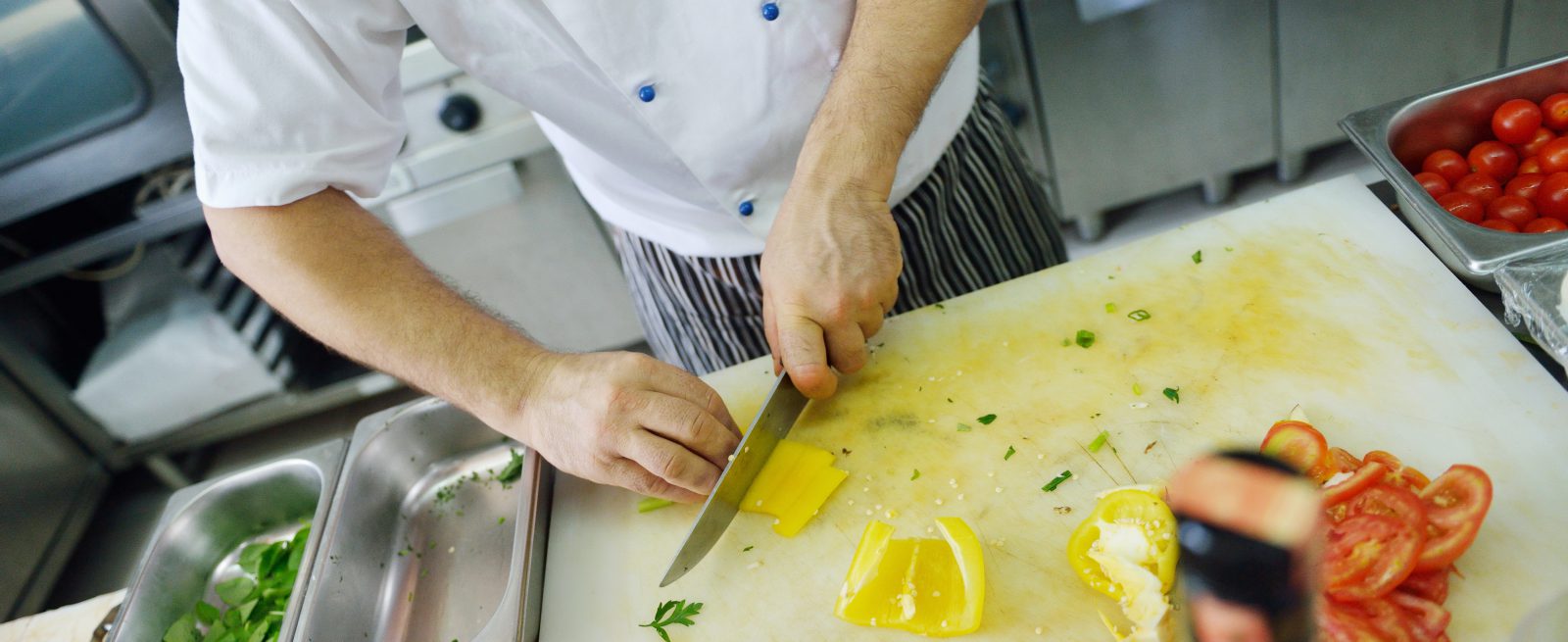Preventing a Foodborne Illness Outbreak at Your Restaurant
2 Min Read By John Rogers
Did you know foodborne illnesses are more common than you think? And did you know that an outbreak could potentially happen at your restaurant at any time if proper food safety processes are not being followed?
According to the Centers for Disease Control and Prevention (CDC), about one in six, or 48 million, people each year get sick from contaminated food in the United States alone.[1] The CDC also reported that of these foodborne illness outbreaks, 60 percent of them happen in restaurants, specifically sit-down dining style restaurants.[2] As a restaurant owner, operator or manager these statistics not only raise concern, but also a lot of questions. One of the questions you might be asking yourself – are you doing everything you can to help reduce your risk of falling victim to a potential outbreak?
The impact a foodborne illness outbreak can have on a restaurant is difficult to quantify. While the monetary costs will vary based on a particular outbreak, according to the National Restaurant Association, a foodborne illness outbreak can be costly. Just one single outbreak can cause an increase in negative media exposure, potential lawsuits, legal fees and insurance premiums; this is coupled with staff missing work and the possibility of having to retrain them.[3] In addition, your restaurant’s sales, reputation and staff morale can all decrease.[4]
Having a strong food safety program in place is the answer to help you to reduce the risk of a foodborne illness outbreak at your restaurant or restaurants. In fact, there is no time like the present for you to take a closer look at your own restaurant’s program and re-evaluate your current processes to ensure they are successful in mitigating any potential risk. This is also the time to look for areas of enhancement and to introduce your entire organization to a culture of food safety – one in which food safety is a priority and one in which food safety training and education are a constant.
To help you navigate the ever-evolving food safety landscape, GOJO Scientists Jim Arbogast, Ph.D., and Dave Shumaker, have developed a bulletin that takes a closer look at food safety in the food service industry. It examines the current state of the industry, the most common foodborne illnesses and the components of a strong food safety program, which includes training and good hand hygiene practices, among other needed components. You can review the bulletin here.
[1] Centers for Disease Control and Prevention. Vital Signs. Making Food Safe to Eat. June 2011. Retrieved April 26, 2016, from http://www.cdc.gov/vitalsigns/foodsafety/index.html
[2] Centers for Disease Control and Prevention. New CDC Data on Foodborne Disease Outbreaks; Highlights of 2013 Surveillance Report. Retrieved March 22, 2016, from http://www.cdc.gov/features/foodborne-diseases-data/
[3] National Restaurant Association. A high price to pay: Costs of foodborne illness. Retrieved March 22, 2016, from http://www.restaurant.org/Manage-My-Restaurant/Food-Nutrition/Food-Safety/A-high-price-to-pay-Costs-of-foodborne-illness
[4] National Restaurant Association. A high price to pay: Costs of foodborne illness. Retrieved March 22, 2016, from http://www.restaurant.org/Manage-My-Restaurant/Food-Nutrition/Food-Safety/A-high-price-to-pay-Costs-of-foodborne-illness


